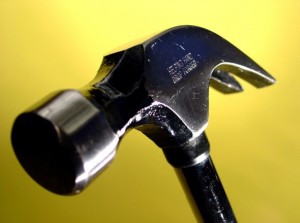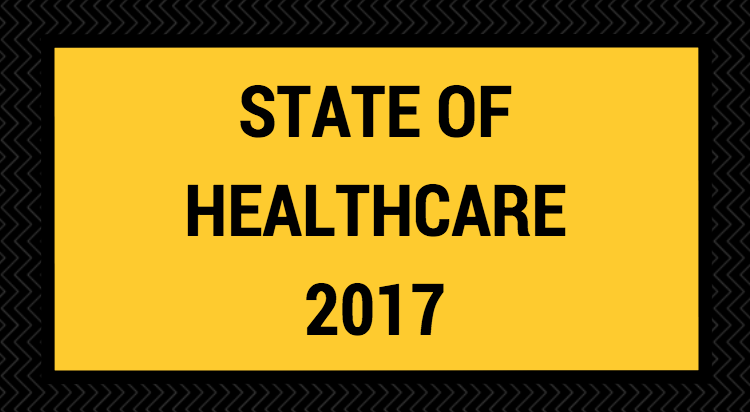Last Updated on October 21, 2024
When caring for a loved one, many families look for financial assistance to help specifically with the cost of home care services. While there are programs that provide assistance in this area, many families fail to consider other forms of assistance that can make their loved one’s residence more accessible and safer. A safe and accessible home can actually reduce the need for home care services as well as prevent unexpected increases in home care services costs by helping to avoid injuries. This articles aims to help families better understand their financial assistance options for making home modifications for elderly or disabled individuals.
When thinking about financial assistance, it helps to first identify the different components of a home modification project. Most projects have costs associated with the materials and separate costs for labor. For example, one purchases bathroom grab bars from a hardware vendor and then pays a home contractor to install them securely. This separation is important because oftentimes assistance for these two parts comes from two entirely different programs.
 Finding financial help for the hardware portion of a project is easier when one recognizes the phrase
Finding financial help for the hardware portion of a project is easier when one recognizes the phrase
“assistive technology” and realizes that it is nearly synonymous with “home medical equipment.” The official definition is below and it is broad enough where any physical item for a home modification can be classified as assistive technology, and this opens up a world of assistance opportunities.
Assistive technology is “…any item, piece of equipment, or product system, whether acquired commercially, modified, or customized, that is used to increase, maintain, or improve functional capabilities of individuals with disabilities.”
Possible sources of funding for assistive technology include Medicare, Medicaid, the Veterans Administration, non-profit organizations and state-based nursing home diversion programs. NeedyMeds has a database that includes assistive technology and home modification services within the Diagnosis-Based Assistance database. The good news about Medicare is that it will cover the cost of some supplies for home modifications but the bad news is that their limited coverage is usually for items that are medical in nature. A table of which items Medicare will and will not pay for is available here. Medicaid, however, is much more generous. Almost every state has a Medicaid waiver for home- and community-based services which help individuals avoid nursing home placement by providing support for them to live independently. As such, these Medicaid waivers will pay for home modification materials to support independent living.
Within the VA, there are several sources of assistance. VA Medical Care, like Medicare, may pay. There are also Veterans Directed Home and Community Based Services (VD-HCBS) that are, in loose terms, similar to Medicaid waivers. Finally the VA offers several types of grants that can be used to help veterans with material costs; these include SHA, SAH and most broadly the HISA grants.
Nursing home diversion programs are like Medicaid waivers in that they provide supports including help for assistive technology to allow individuals to remain living at home. They are intended to assist lower income individuals that do not qualify for Medicaid. The challenge lies in identifying these programs as they have different names in each state and they are not available uniformly across all 50 states.
Many of these same options provide assistance for the labor portion of a home modification. Unfortunately, Medicare is not among them. Medicaid waivers, VD-HCBS and the aforementioned SAH, SHA and HISA grants can all be used to pay home contractors as well as the nursing home diversion programs. In addition to these options, the Department of Housing and Urban Development (HUD) offers home improvement loans and the USDA offers Rural Repair and Rehabilitation Grants.
To limit one’s view of assistance to only financial assistance is to discount one’s best option, which is to find free labor. Many organizations provide free labor to assist in home modifications. Most notably is a national program called Rebuilding Together. On a local level, one should consider contacting churches, high schools, fraternities, unions, independent living centers, Rotary, Lions and other clubs and neighborhood associations. Even if these institutions do not have an established volunteer home modification program, many will take on the project on a one-off basis.
 The organization PayingForSeniorCare.com maintains a searchable database of financial assistance programs that can help with the cost of home modifications. They have also authored articles specifically about paying for motorized wheelchairs and paying for bathroom safety modifications.
The organization PayingForSeniorCare.com maintains a searchable database of financial assistance programs that can help with the cost of home modifications. They have also authored articles specifically about paying for motorized wheelchairs and paying for bathroom safety modifications.
Alex Guerrero is the Director of Operations for Payingforseniorcare.com, an organization whose mission it is to help families find the means to pay for long-term care of their loved ones.



